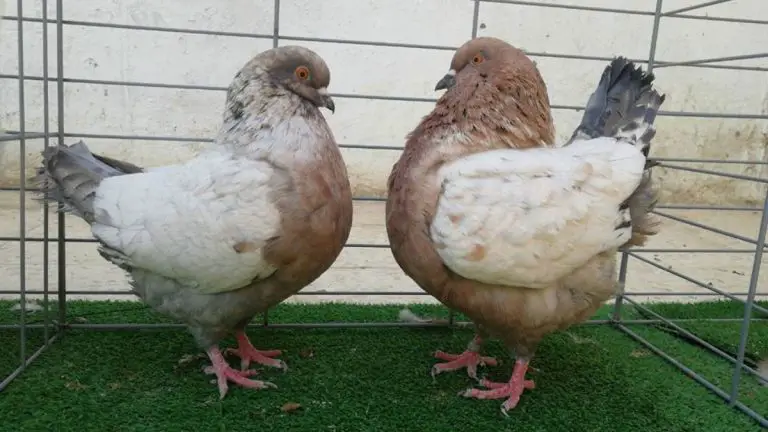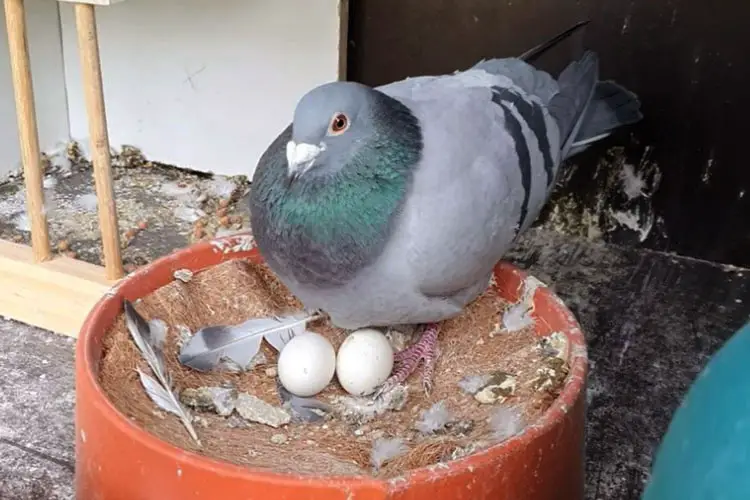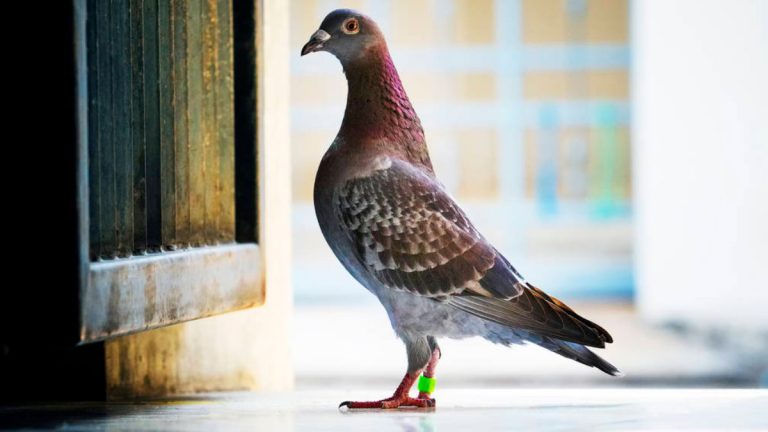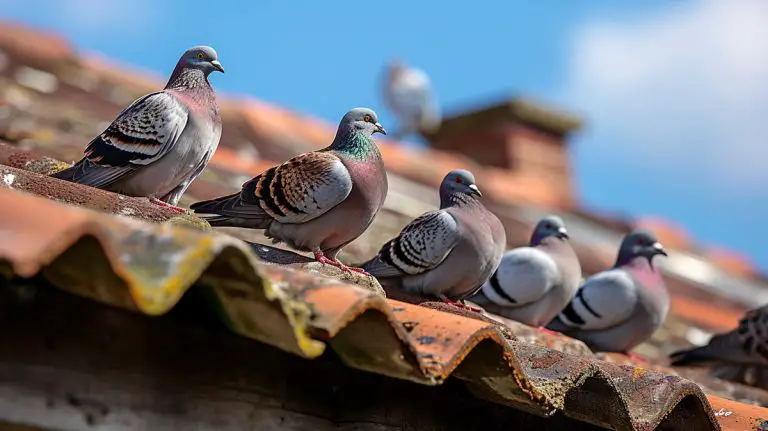The Role Of Pigeons In The Urban Ecosystem: Benefits And Challenges
Since the earliest day, pigeons have symbolized peace, love, and purity. Even in many famous places, they have been attracting tourists. Generally, the pigeons that are observed in the urban side are called ‘Feral pigeons.’ These pigeon species tend to roam around the city and build nests without leaving empty spaces.
While some consider these birds to be a nuisance, they serve a crucial function in urban ecosystems and are culturally significant in many parts of the world. We may obtain significant insights into the behavior and habitat requirements of urban animals by studying and analyzing pigeon populations. We also can develop techniques for managing these species in a sustainable and humane manner.
Furthermore, by promoting a higher sense of environmental stewardship in urban areas, we can also encourage the conservation of wildlife habitats.
Well, how do they form ecosystem balance? How to manage the overloaded population of birds? Well, below all these topics are discussed. You can follow the rest.
Benefits Of Pigeons In Cities
Pigeons beautify not only nature but also balance the urban ecosystem. Though the overgrowing birds have only caused trouble, managing the number can help to maintain a balance in the environment.
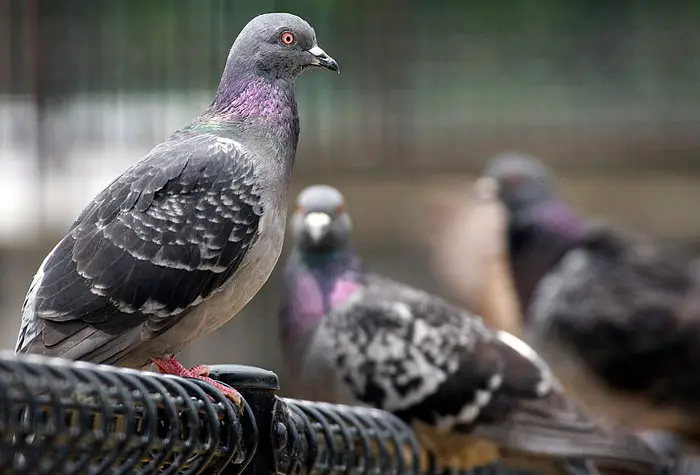
Some of the benefits of pigeons in cities are highlighted below.
Cleaning Waste
Pigeons eat seeds, vermin, nuts, and insects. As a result, they get easily attracted to the garbage and even to the foods that are dropped on the street. Well, this helps to clean up the place quickly as the pigeons are already doing it.
Insect Control
Moreover, vermin and insects can be a problem if they are present in the trash. The trash can spread all over the place by causing a mess. Meanwhile, by living around garbage, they can also become carriers of many zoonotic diseases.
Here pigeons are doing the job of pest control companies by eliminating pests and vermin. They minimize the pests and insects from overgrowing and contribute to the food chain.

Spreading Seed
Pigeons contribute to maintaining the ecological balance by dropping seeds into the surroundings. This helps to let the seed germinate in different places. Resulting in beautiful trees all over the area. That’s why bird conservation carries significance in forests to build trees all over.
Economic significance
Ever since the start, pigeons have been carrying economic value by being a food and a source of attraction to humans.
Many tourists choose their tourist spot by checking the availability of pigeons. Because these help in capturing beautiful views with an aesthetic background. That’s why places full of pigeons have always been in demand for tours.
On the other hand, by cleaning garbage, they also reduce the cleaning cost in small areas. Also, they serve as a nutritious source of food in urban areas. Which significantly contributes to public health and the urban economy. As people are not confined to minimal sources of food.
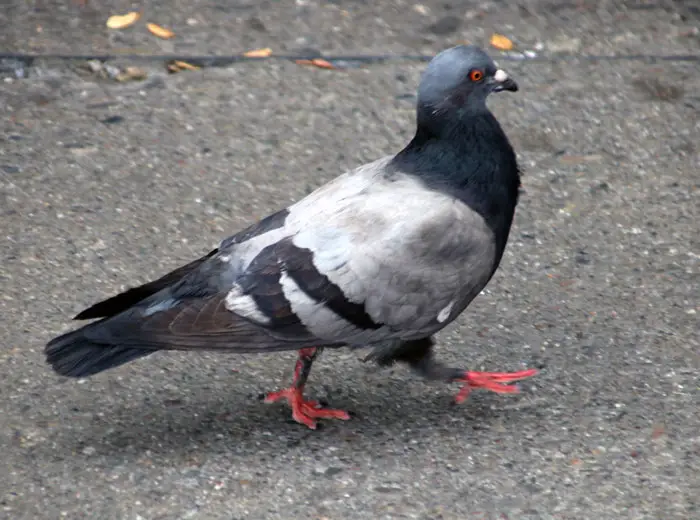
Food For Predatory Animals
Pigeons have been serving as a source of food for humans and predatory animals. That’s how our ecosystem works. Smaller animals serve as a source of food for predatory animals and maintain a food chain. Eruption in the feeding ecology can cause an imbalance in nature.
Religious & Cultural Significance
Almost every religion has considered the pigeon as the symbol of ‘purity’, ‘and harmony’. Also, Islam, Hinduism, and Christianity have always shown mercy on the birds. Still, flocks of pigeons are found in many religious places.
The people out there feed the pigeons and raise them. Sikhs think of birds as the light of God, which is no different in the case of pigeons. In ancient times pigeons were used to deliver messages to far places. Thus had a great influence on human civilization.
Challenges Posed By Pigeons In Cities
The rapidly growing population of pigeons has become very tough to manage in the cities. They have chosen urban areas as their habitat because of their similarity with cliffs. The high building and adequate food and water sources: have brought them to the city.
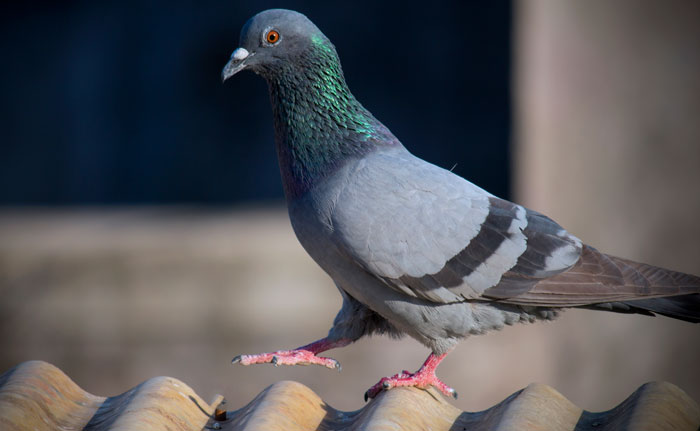
At first, people also used to welcome them, but now the situation has become troublesome. It is because people can not control Pigeon behavior in urban environments.
That’s why civilization is confronting challenges in tackling the pigeon population.
Building Damage
Well, if pigeons were to only fly over specific regions, it would have been fine. But they are not limited to certain areas unless there is sufficient food. As a result, they tend to make nests in nearby places. The nesting on the building and empty areas are not so good to look at.
Moreover, the roosting patterns are also related to the surrounding buildings. During roosting, the pigeons stay in the buildings for a long time and do dropping.
Pigeon droppings are acidic and cause corrosion in the building structure. Over time, the structure deteriorates. Even repairing costs a lot; if the pigeon keeps returning, the situation will only worsen.
Noise Pollution
Pigeons tend to make sound flapping noise, especially at night. In times of mating and breeding, they make noise to attract their partners. Younger pigeons try to communicate by making noises.
In urban areas, noise pollution can disrupt sleep. It is not only annoying but also hard to deal with.
Droppings All-Around

Urban areas get dirty mostly because of pigeon dropping. This causes not only environmental pollution but also health issues for humans. Nevertheless, excretion can be decomposed. But this can make public places look unclean.
It is necessary to make the city safe for its people. Public health agencies have shown concern over the fact that the droppings are spreading everywhere.
The spreading of droppings can lead to the risk of diseases such as Histoplasmosis, Cryptococcosis, and Psittacosis. Pigeon droppings in urban areas have led to questions about ensuring safe life.
Managing Pigeon Populations In Cities
Human-wildlife conflicts with pigeons have become a nuisance to human civilization. Once, people used to think of the pigeon as a domestic and friendly bird. But now, the increased population with messed up breeding and nesting has only led to the problems.
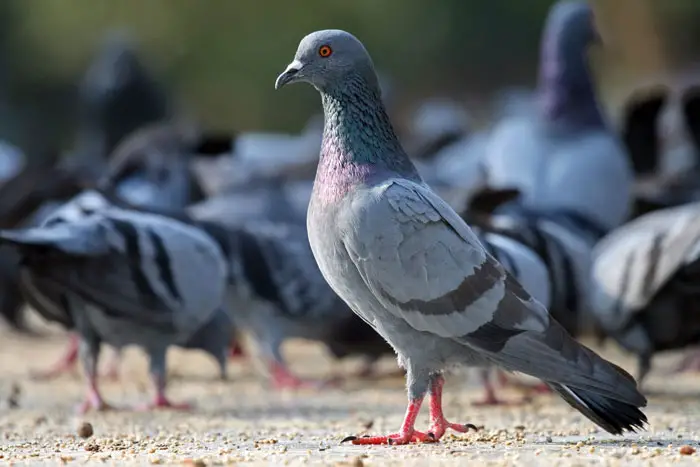
Even urban bird management has been difficult as it seems costly. Still, organizations are taking this into concern while measuring some steps. Also, following the below measures can help out to some extent.
Controlling Breeding
Pigeon control in cities has become an issue as they tend to roam in every place and can breed for the whole year.
This unorganized breeding of these urban city birds has become a headache for the city people. To control overpopulation, various contraceptives are used in their feed.
Similarly, Nicarbazin is used in the feed of pigeons to control the birth of pigeons. It does not have any lethal effect but rather lengthens the time of birth by controlling hatching. Adopting this method can be effective as pigeons can breed almost all year.
Minimizing Food Resource
The main reason for choosing the urban area for the colonization of pigeons is the adequate source of food. Minimizing the reach of the sources can help reduce the number of pigeons. As whenever there is a chance, they will always move to places with better facilities.
Relocation
To control the increased bird populations, relocation of the bird can be a possible solution. Pigeons roam around those places which have facilities such as food and nesting.
To transfer the load of pigeons, choose other areas where fewer problems to civilization will occur. Urban planning is required to implement this method.

Catching Methods.
Different catching methods, such as trapping, netting, and falconry, are adopted in many areas to prevent the invasion of pigeons. These catching methods create fear in pigeons and thus prevent them from coming to the nearest area.
But the methods are efficient only in smaller regions and not for a long time. Because in public spaces, adopting these methods can be hard as people see them as a source of attraction.
Also, after collecting pigeons, placing them in rural areas can be very effective to keep them away. Apart from that, it is also time-consuming to apply these methods and requires continuous effort.

Removing Nest
The nesting behavior of pigeons has been a bothersome factor in urban areas. They build their nest in any empty place. It can be under bridges, on rooftops, on ledges, or in abandoned buildings.
Sometimes the view is even nasty to look at. That’s why nest removal can be done to prevent the pigeon from coming back to the places and causing a mess.
Public Awareness
Creating public awareness is way more important than preventing pigeons from invading public places. Well, people love the pigeons and give them more than enough feed. The abundant source of food influences them to move to the city areas.
Highlighting the problems caused by overpopulated pigeons can contribute to urban bird management. Because people need to understand a messier and unhygienic environment provides a lower quality of life.
If you’re interested in learning more about understanding pigeon mating behaviors and the fascinating history of pigeons in human cities, you may find our articles on understanding pigeon mating behaviors and the fascinating history of pigeons in human cities insightful. Our article on understanding pigeon mating behaviors explores the various courtship rituals and behaviors exhibited by pigeons during the mating season. It provides an in-depth look into their mating habits and strategies. Meanwhile, our article on the fascinating history of pigeons in human cities delves into the long and intricate relationship between pigeons and humans throughout history, highlighting their roles in various cultural, architectural, and communication contexts. These articles offer valuable insights into the mating behaviors of pigeons and their historical significance in human cities.Conclusion
Pigeons maintain ecological balance and also contribute to the food chain. Apart from that, humans have always been attracted to the beauty of pigeons. That’s why many tourist places have also used them as a source of attraction.
They kept the pigeons by feeding them, and urbanization has given them habitats. But now, those facilities have become a burden and an imbalance in the ecosystem. Even managing the population is tough as some methods are costly, and some are only effective for a short time.
Many municipality areas are creating awareness among people to control the pigeon population. They are slowly adapting methods to permanently solve the problem as it has become a public health concern now. New and long-term solutions should be adapted. For that, focusing on urban bird management can be effective.
The overgrowing population should have been controlled from the very first to maintain balance. Moreover, spreading knowledge regarding the issue should be emphasized, and broadened studies should be done to explore new ideas.
Nevertheless, creating a balance in nature is always desired. Otherwise, nature will find its way to correct it. And the ways are not always good for humankind.

